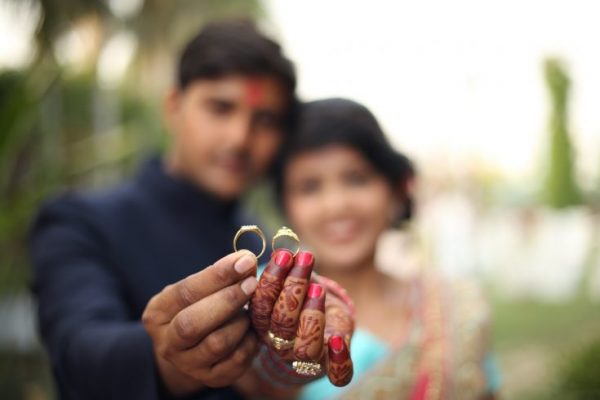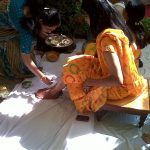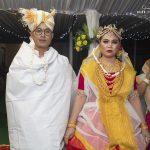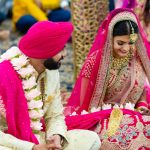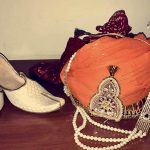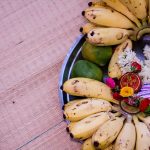India is home to many cultures filled with wonderful traditions, customs, and rituals. The Thevar people are one such community. When it comes to weddings, they celebrate heritage and customs, not displays of grandeur. In this article, you will learn about Thevar wedding customs and their symbols.
Thevar Pre-Marriage Traditions
A community or group of communities, one can find the Thevar, also known as the Mukkulathor, in Tamil Nadu’s central and southern districts. Southern Indian weddings are more about customs and traditions which are prevalent in its wonderful wedding traditions. A wedding’s spiritual symbolism is far more important to this community.
Nakshatra Porutham: Matching of horoscopes is important in a Thevar wedding. Priests match horoscopes or nakshatrams using Vedic guidelines based on twelve points. The horoscope matching determines many factors for the upcoming wedding like the date, the exact time for the wedding (muhurtha) and other customs as well.
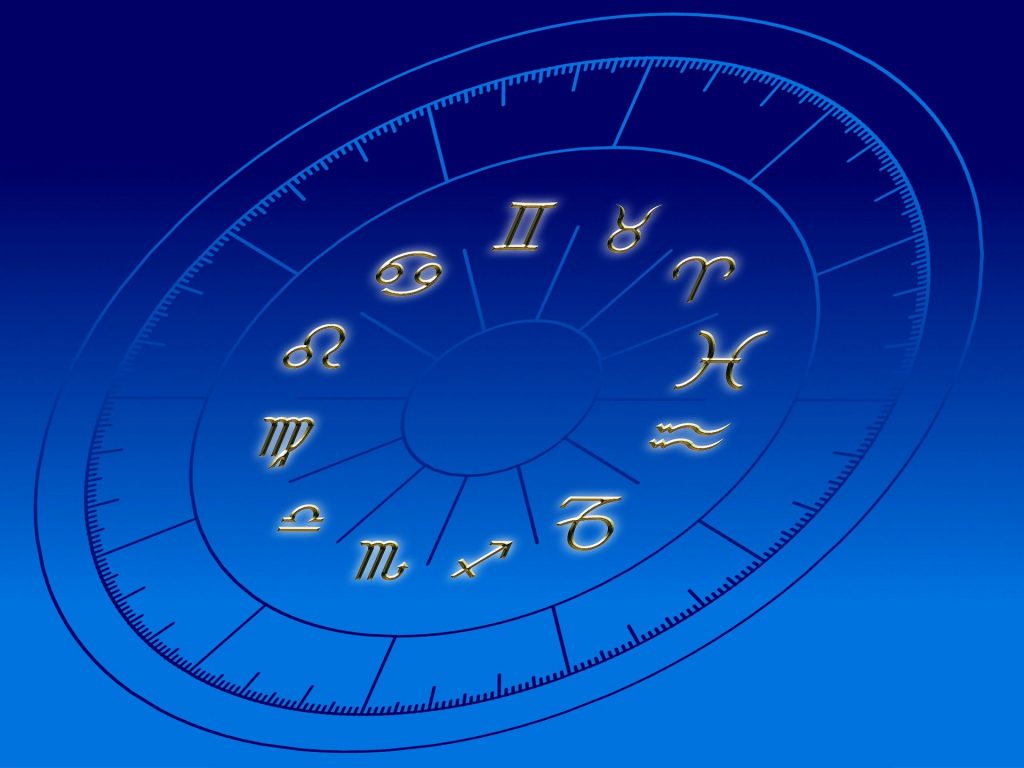
Panda Kaal Muhurtam: After the wedding finalisation, the bride and groom’s families offer prayers to their deities to seek blessings for a successful and happy marriage and protection for the couple. Generally held a day before the wedding at a temple or their homes, close family members attend this ritual.
Sumangali Prarthanai: Sumangali means women who have had happy, satisfied and married lives. So for this custom, married older relatives and friends of the bride take part to ask for blessings from their female ancestors for a happy married life. This same prayer ceremony happens at the groom’s home to bless the new bride who is entering the family. Once the ceremony ends, the prayer ceremony’s host welcomes the sumangalis and honoured them with a traditional Tamil feast served on banana leaves.
Palligai Thellichal: To bless the couple’s married life with success and happiness, five to seven married women decorate earthen pots with vermillion and sandalwood paste. Inside each pot, one finds a mixture of curd and nine different grains and afterwards, one dips these pots in the water. People prepare Kolam or traditional south Indian floor art inside the house for good luck.
Naandi Shrardham: The groom’s family visits the bride’s home, where a shower of rose water welcomes the groom. Auspicious sweets are also fed. Ten Brahmins come for a Tamil vegetarian meal and they bless the couple for a prosperous and happy married life ahead.
Vrutham: This custom takes place in the groom’s house the day before the wedding in the early morning. This represents the groom’s transition from bachelorhood to a married man. The groom’s wrist gets adorned with a sacred thread, coloured yellow due to turmeric, and the same thing happens to the bride at her house. This ritual protects the couple from evil energy.
Nichayathartham: This is the formal engagement ceremony in a Thevar community marriage. The groom and his family reach the bride’s home with gifts such as a saree and jewellery for the bride. Once the bride seats, the aarti commences, and the sumangalis (married women) place betel nuts, grains, coconuts, and turmeric in her saree’s pallu. One performs a similar ritual on the groom, where he receives new clothes as well. The couple changes into their new clothes and then the ring ceremony starts.
Thevar Marriage Traditions
Mangala Snanam: The wedding day begins at the crack of dawn and one performs this ritual separately on the bride’s and the groom’s sides. The Sumangalis smears turmeric, sandalwood and kumkum paste on the bride and groom and then the couple baths in holy water to cleanse their body and soul before getting ready.

Gauri Puja: One places an idol of the Goddess Gauri on a plate with kumkum and rice. After dressing, the bride performs the prayer to seek blessings for a happy married life.

Kashi Yatra: This is one of the ancient Thevar caste marriage rituals. The groom’s side reaches the wedding venue; he takes an umbrella, a walking stick, and some food and jokingly says he will be renouncing worldly attachments to go to Kashi (Benaras). The bride’s father talks the groom into choosing marriage life with his daughter instead of a hermit’s life.
Pada Puja: The groom reaches the mandap and the bride’s father washes the groom’s feet with holy water, milk, sandalwood, and kumkum.
Maalai Maatral: The bride comes to the mandap where she and the groom exchange garlands three times. The couple also tries to evade the garlands to add a bit of playfulness to the ritual.
Oonjal: For the oonjal (swing) ceremony, the couple sits on a swing for a gentle rock while the women sing traditional songs surrounding them. The family elders feed milk and bananas to the couple. Women carry earthen lamps, coloured rice balls, and water pots around the couple three times in clockwise and anticlockwise directions. One throws the rice balls in four directions to fend off negativity and the rocking represents the turbulent times the couple will face in their life.
Kanyadaanam: In the Thevar caste marriage ceremony, this is the official giving of the daughter away by the parents to the groom. The groom sits on the floor and the bride’s father, with the bride on his lap, washes the groom’s feet. A coconut is placed in the bride’s hand with her father supporting her and the coconut is offered to the groom with the bride’s mother pouring holy water over it. The hands of the bride and groom are tied together with a sacred thread as this seals their union.
Muhurtham: The groom’s parents present the bride with a silk saree to show their acceptance of the bride into their family. The saree is draped around the bride’s shoulder and the groom applies vermillion to the bride’s hair parting. The bride changes into the new saree; once she returns, a grass ring is put over her head, over which a plough’s yoke is put along and a reed grass belt is kept around her waist. Then water is poured over the yoke since this symbolises that the bride and groom have to face life’s challenges together. A priest blesses a thaali (South Indian equivalent of a mangalsutra) which is then tied around the bride’s neck by the groom. The groom does the first two knots while the final and third knot is by the groom’s sister.
Saptapadi: In this part of the Thevar marriage procedure, the bride and groom go around the sacred fire seven times while holding hands with the priest chanting Vedic mantras. The ritual symbolises the commencement of the couple’s new phase of life. The groom holds the bride’s left toe while she steps over a grindstone; this is a symbol of their union solidifying.
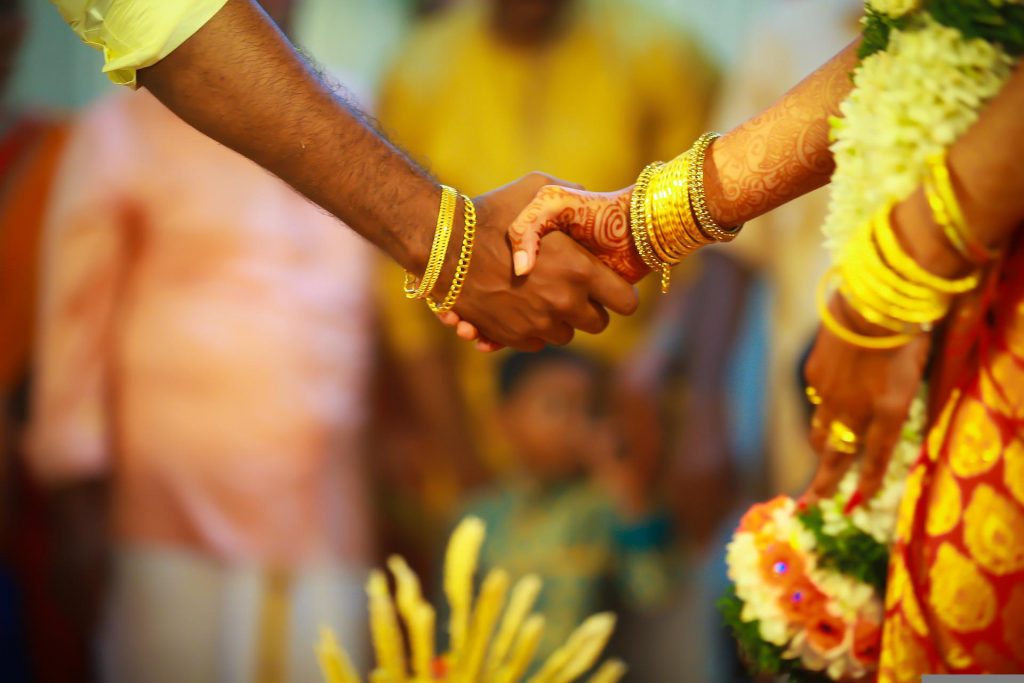
Thevar Post-Marriage Traditions
Sammandhi Maryathai: Once the wedding ceremony was over, the two families exchange gifts and the bride has an emotional farewell with her family. She prays to the family deity and heads off to her husband’s house.
Grihapravesham: Once the bride reaches the groom’s house, her mother-in-law welcomes her with an arti. Escorted by her mother-in-law, the bride seeks the family deity’s blessing.
Valeyadal: This is the bride’s formal introduction to the groom’s relatives who present her with welcoming gifts. Several post-wedding games commence.
Maruvidu Varudal: The couple comes to the bride’s paternal house three days after the wedding. After a warm welcome, the couple eats a mouthwatering lunch and receives clothes and jewellery from the bride’s parents.
Thevar Marriage Customs
The wedding customs of the Thevar community are a celebration of one of India’s oldest cultures. The community emphasises traditions and rituals due to Thevar’s rich heritage.




